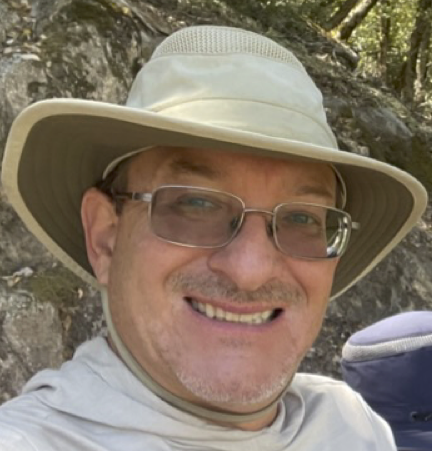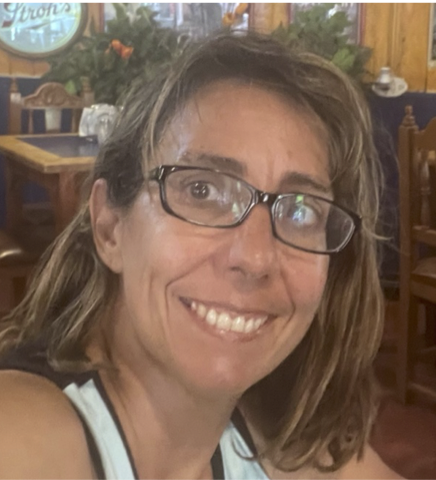POSSE PERK Benefit from the latest information and Free Seminars on destinations
POSSE PERK:
Benefit From the Latest Information and Free Seminars on Destinations

THE KICK OFF EVENT IN BARRA DE NAVIDAD IS THIS WEEKEND. PARTICIPANTS ARE BENEFITTING FROM A HOST OF SEMINARS TO CHOOSE FROM.
For cruisers that are unable to attend the kick off event, there are virtual opportunities to learn from other webinars available this week from the Tropical Analysis and Forecast Branch of the National Hurricane Center and National Weather Service in Miami, Florida, USA
Please join us next week for a pair of webinars on Forecast Products and Services provided by the National Weather Service's Ocean Prediction Center and Tropical Analysis and Forecast Branch. The webinars will be held Thursday, December 12th, and Friday, December 13th, at 1pm EDT.
For Atlantic forecasts N of 31N (30N in the Eastern Pacific):
Please register for Blue Water Mariners - OPC Products and Services on Dec 12, 2024 1:00 PM EST at:
https://attendee.gotowebinar.com/register/6899628322383892311
For S of 31N / 30N:
Please register for Blue Water Mariners - TAFB Products and Services on Dec 13, 2024 1:00 PM EST at:
https://attendee.gotowebinar.com/register/6374980956027722073
LET THE SEASON BEGIN
LET THE SEASON BEGIN
Hurricane season is officially over in the Atlantic and people are getting underway and moving

After quite a bit preparation Kosmos, 2006 Nordhavn 43, with crew Christi, Eric, and Keith underway from San Diego to Marina Coral in Ensenada. Planning to get to Panama in a month or so. Our next journey begins! Tracker on.
Keith simple sentiment is he is “excited”. I am reflective how special and rare it is to pull off living on a cruising boat, it offers such a wider range of emotions than land life. I am also ready to use the various upgrades to Kosmos to hopefully keep us safe and comfortable.

SY KOSMOS 🇺🇸 Eric, Christi, & Keith - Nordhavn 43'




